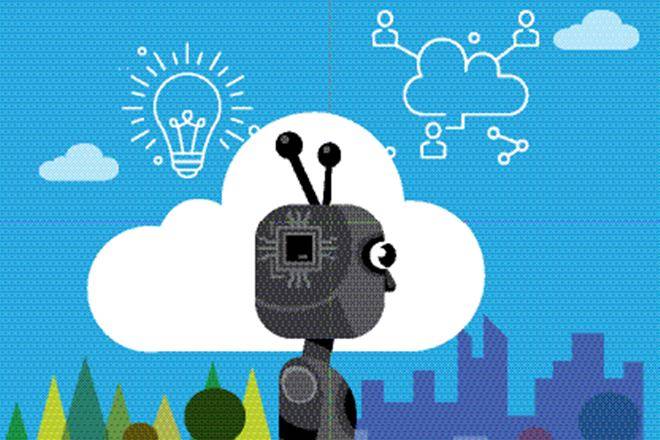The gravity of business growth is shifting from capital to creativity. Today, the most valuable companies in the world are primarily innovators.
In the innovation economy, a disruptive mindset is the key to business leadership. It is also essential to break away from the business models that cannot keep up with the market’s evolution. A modern business leader must have a strategy to reinvent even a successful business. The innovation economy takes away security from businesses, but it offers unprecedented rewards in the form of lightning-fast growth and great market dominance. In the new world, market belongs to the most vigorous innovator. The first-mover advantage is brief because capital and technology are easily accessible. It is much easier to imitate and enhance a successful product in the new economy than it used to be. Now, a company has to be not only quick with innovations, it has to continuously listen to the user and upgrade products frequently. Business leaders need to be relentless in growing the company’s innovation capability.
The main feature of innovation in the new economy is delivery of total solution to the customer. Aggregation and intermediation are central to innovation and delivering convenience, efficiency and economy to the customer. Contrary to the pop-culture narrative of superhero innovators, innovation is a collaborative venture. Business leaders have to persuade investors, employees, suppliers, customers and even regulators to back disruptive innovations. Regulators are increasingly playing a critical role in bringing innovations to market.
Bringing an innovation to customers can take a lot of money and work hours without any guarantees of returns. CEOs need to be tenacious and resilient. They have to keep betting on crazy ideas. It is not a coincidence that the least innovative societies in the world are the ones that stigmatise failure.
The quest for innovation also requires CEOs to be in touch with the ground realities. Innovation is often a bottom-up process. CEOs need to maintain direct communication with customer-facing employees and ensure that middle management does not block either information or ideas.
Leaders of conventional businesses face the challenge of insuring the future with innovations while preserving existing revenues. One way of preserving a successful business and reinventing it at the same time is to sandbox innovations. A parallel organisation may be set up to experiment with disruptive products and models. If the alternate venture succeeds in taking the market away from conventional competitors, the mother company could be absorbed in it.
Innovation economy is light on assets and heavy on knowledge. Data is overtaking experience in making decisions and directing strategy. ML, IoT, blockchain are becoming vital for producing innovations. CEOs have to ensure that the organisation is equipped with the tools for acquiring, crunching and applying data intelligence and that every employee can work in a highly automated environment.
In a rapidly changing and increasingly complex world, only the fast learners will survive.
(The author is presisdent, AIMA, and chairman, Ambuja Neotia Group)


